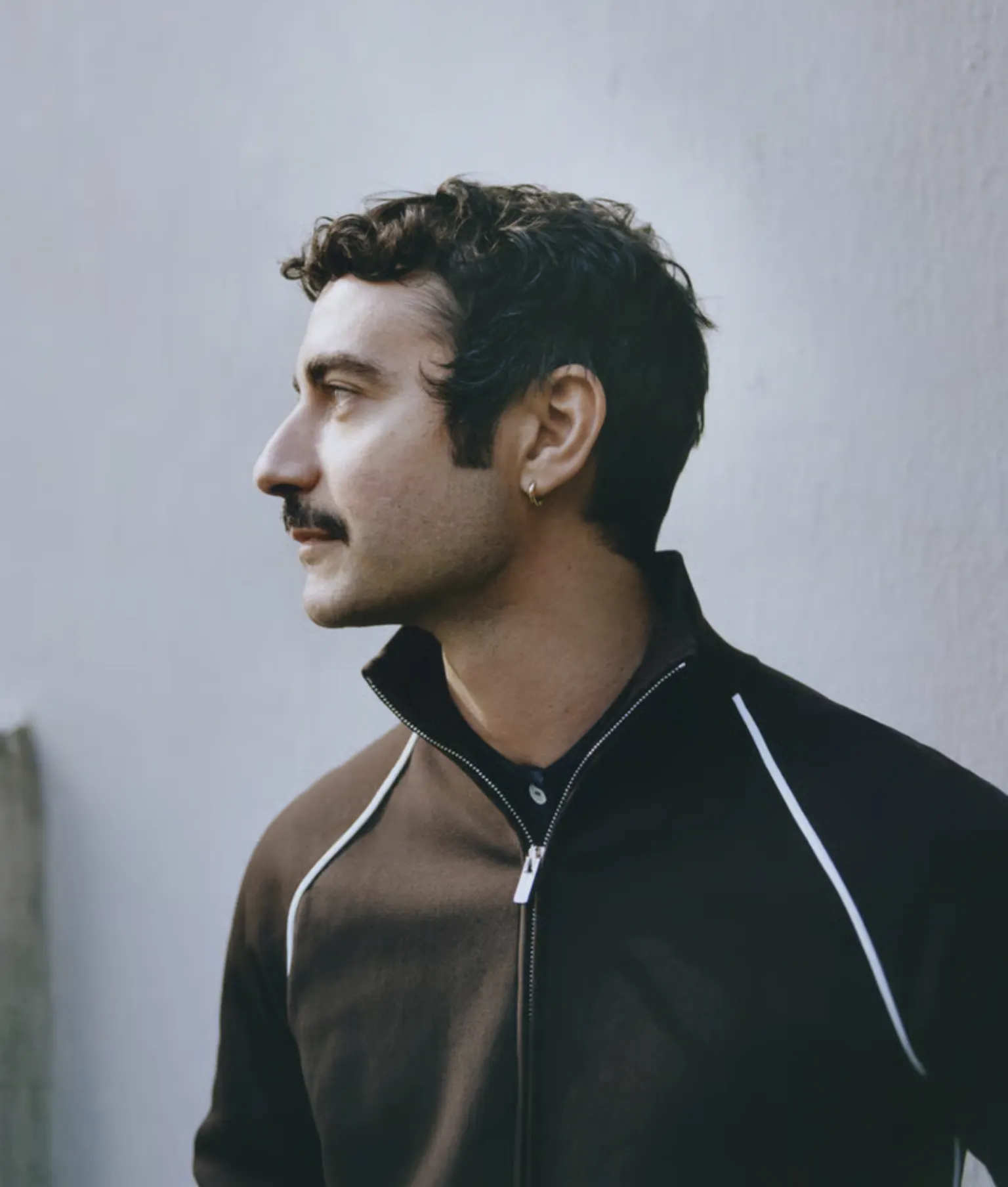S1 E26

WEEKLY NEWSLETTER FROM ANDREA BATILLA
THE CASE OF DARIO VITALE EXPLAINED

When John Galliano became creative director of Givenchy in July 1995, he took over from Hubert de Givenchy himself, who was still very much alive at the time and would live until 2018. In 1995, the LVMH group had 10 brands and generated about 5 billion euros in revenue. Today it owns 75 brands and reported 84.7 billion euros in revenue in 2024.
It's impossible to know how much Givenchy made in 1995, but it's likely the number was close to zero in terms of clothing and maybe a few tens of millions from fragrance and cosmetics.
When Alexander McQueen replaced Galliano the following year, the situation remained more or less unchanged.
Taking over a brand that essentially no longer exists offers a level of creative freedom and mobility that is no longer possible in today's fashion world. The 1990s were pioneering and wonderful years, but it took decades to reach the scale and brand management practices we see today.
Versace generated 1.10 billion in revenue in 2023, 1.03 billion in 2024, and another drop is expected in 2025. You can see how the situation facing Dario Vitale, the current creative director, is quite different from the one Galliano stepped into. In the past 30 years, fashion has transformed from a business of clothes, perfumes, and cosmetics into a financial enterprise. This in itself wouldn’t be a bad thing—if the system had figured out how to combine a credible creative push with the relentless need for growth.
Instead, at the highest levels, the system still works the same way it did in 1995: it believes that the most important problem to solve in order to bring a brand back to safety is choosing the right creative director.
Before landing in a position that already seems shaky before even starting, Dario Vitale likely went through interviews with headhunters, HR from Versace, Capri Holdings management, CEO Emmanuel Gintzburger, and possibly even Donatella herself. He surely faced a rather long selection process (a process in which Prada reportedly was not involved), and he definitely presented a project outlining his vision for the brand.
If, as it seems, the very first result of that vision was so unsatisfactory that it led to canceling the September show, then perhaps the problem isn't Dario Vitale—but rather whoever approved that project.
To read the rest of the post you need to subscribe. Through a paid subscription you will help me produce more contents.
SUBSCRIBE (S'ouvre dans une nouvelle fenêtre)
Déjà membre ? Connexion (S'ouvre dans une nouvelle fenêtre)


